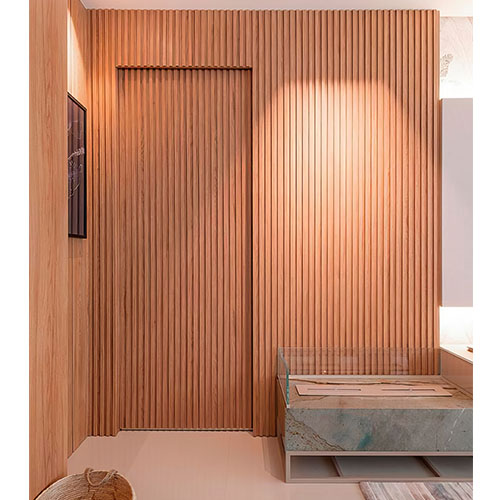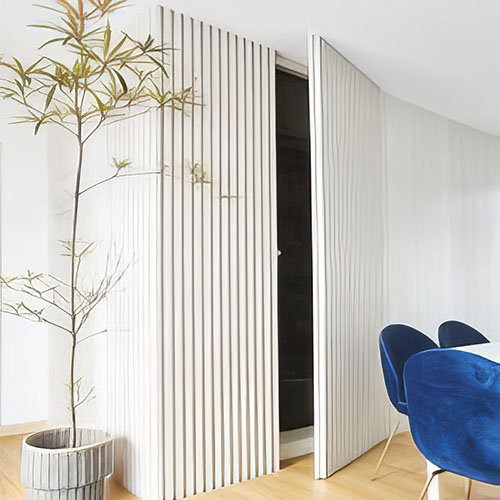Green Radish, also known as the evergreen vine of the Araceae family, is a beautiful and resilient plant that thrives in warm, humid conditions. Its stems are thick and strong, with aerial roots developing at the nodes. The leaves are ovate or ovate-elliptic in shape, dark green in color, and often feature irregular yellow streaks or patches, adding to its visual appeal.
This plant prefers a semi-shady, moist environment with well-draining, fertile soil. To ensure healthy growth, proper care and maintenance are essential. Here are some key tips for growing Green Radish:
1. Green Radish is quite hardy and can be grown indoors all year round. During spring, summer, and autumn, place it near a well-ventilated area or a north-facing window. In winter, move it to a south-facing window to maximize sunlight exposure, which helps maintain vibrant leaf color. If kept in low light for too long, the plant may become leggy, with elongated internodes and thin foliage. The yellow and white patterns on the leaves may fade or disappear entirely, turning completely green. If growing outdoors, provide shade during hot summers to prevent leaf burn and maintain the plant's natural appearance.
2. The ideal temperature range for growth is 20–30°C. In winter, ensure the room temperature stays above 15°C to avoid cold stress.
3. Green Radish requires consistent moisture. Keep the soil evenly moist during the growing season, but avoid overwatering, as this can lead to root rot and yellowing leaves. In winter, when temperatures drop, water more sparingly. In summer, mist the leaves regularly to increase humidity. In colder northern regions, it's advisable to spray the leaves with warm water every 5–7 days to remove dust and keep the foliage bright and healthy.
4. Due to its fast growth, feed the plant with a balanced liquid fertilizer (nitrogen and phosphorus) every 2–3 weeks during the growing season to support strong development.
5. Young plants should be repotted annually, while mature plants can be repotted every other year. Use a mix of humus soil or peat soil, garden soil, and 1/5 river sand to create a nutrient-rich and well-draining potting medium.
In addition to traditional potted culture, Green Radish can also be grown hydroponically. When using this method, change the water once or twice a week and apply diluted compound fertilizer 3–4 times during the growing period. Remove any yellowing leaves promptly, and follow the same general care practices as with potted plants.
Indoor Invisible Door
An interior invisible door is a very unique door design that blends seamlessly with the surrounding wall, making the presence of the door almost invisible when closed. This type of door design is not only designed for visual simplicity and aesthetics, but also for practicality. Despite their simple appearance, invisible Doors retain the functionality of traditional doors, including smooth opening and closing, as well as good sound and thermal insulation.

Interior invisible doors have several functions:
1. Space-saving: Invisible doors are flush with the wall when closed, saving space in a room compared to traditional swing doors that require clearance for opening.
2. Seamless design: Invisible doors blend seamlessly with the wall, creating a clean and minimalist look in a room without interrupting the overall design aesthetic.
3. Increased privacy: Invisible doors can provide privacy in spaces such as bedrooms, bathrooms, or home offices without the need for a visible door handle or hardware.
4. Improved accessibility: Invisible doors can be used in areas where traditional swing doors may not be practical, such as tight spaces or areas with limited clearance.
5. Noise reduction: Invisible doors can help reduce noise transmission between rooms, providing a quieter and more peaceful environment.
Overall, interior invisible doors offer a sleek and functional solution for modern interior design, providing a seamless and space-saving alternative to traditional swing doors.
solid wooden doors,Invisible door,Concealed Sliding Door
Foshan City JBD Home Building Material Co.,Ltd. , https://www.jbdhome.com

